Visual Learning Revisited – A Simple Truth Revealed
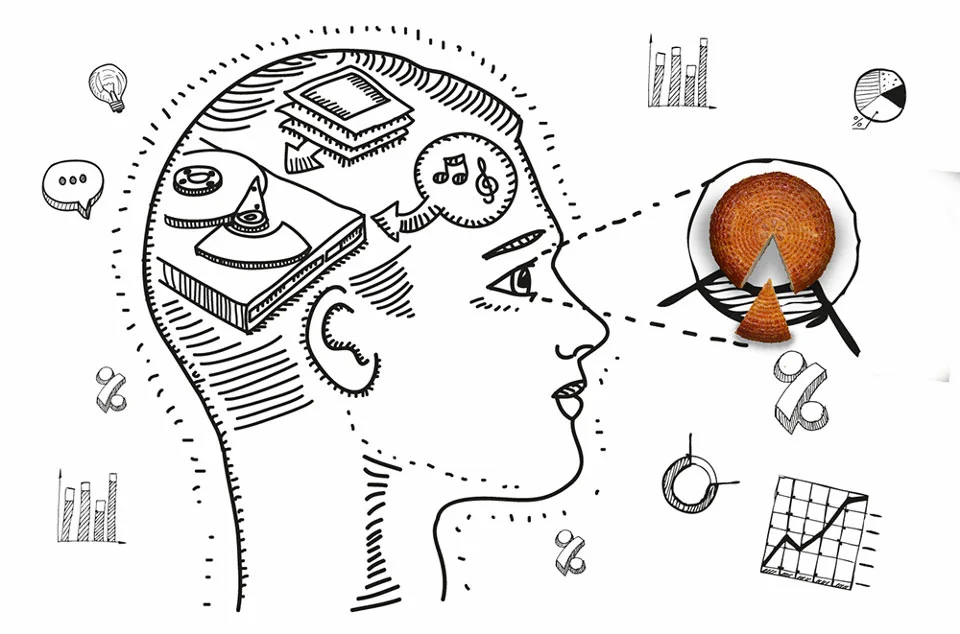

I’ve always been fascinated by how people understand information. Probably because the learning methods at school rarely engrossed me. Even now, if I’m told something – a sequence of words, a telephone number even people’s names – I forget it in seconds.
When I discovered visual learning – a teaching style in which information is associated with images, I realised I may not be stupid after all. And I’m not alone – 83% of human learning is visual.
Visual learners are defined as individuals who learn best through visual aids, such as diagrams, charts, demonstrations and videos. Audible learners engage when listening to information and repeating what they heard out loud – either to themselves or others. Yet verbal learners still use an element of visual learning, tending to highlight key points in textbooks or notes.
Visual Learners also understand information in regard to spatial relationships. I remember seeing a diagram like this at school; the sense of space and size enabled me to remember it forever.
Unfortunately, most teaching styles don’t include visual aids. Teachers and lecturers write key words on the chalkboard or show bullet-pointed slides on a projector. Although students see the words, visual learners need pictures, images, models, and objects.
At work we are often subjected to reports and strategy meetings that follow the same formula. If you’re a visual learner, how can you ensure you remember what’s required?
- Colour-code your notes by topic, concept and idea.
- Highlight the main point, idea or event.
- Illustrate the facts that support the main point.
- Draw arrows to connect supporting or similar concepts and ideas.
If you’re giving a presentation, ultimately you are the teacher! You’re not just there to “present” – you want your audience to understand your message, information and idea. But most importantly, you want them to remember it! That’s learning.
According to the Yale Centre for Teaching and Learning the most successful teachers incorporate methods to accommodate all types of learners – reading, listening and experience. The best method for your presentation is a combination of all three.
Teachers tend to instinctively use the teaching style that reflects their preferred method of learning: a teacher who learns audibly teaches audibly. Yale recommends Lecturers understand their own learning style first. Awareness enables them to rely less heavily on one teaching method whilst incorporating the others.
Thus when creating and delivering your presentation, be mindful of your own style and appreciate others will differ. Always include visual elements, as they enable faster assimilation and lodge in long-term memory.
“If one wants to reach younger people at an earlier age to shape their minds in a critical way, you really need to know how ideas and emotions are expressed visually.” – Martin Scorsese
Visual learning methods are an essential tool for educators. But if you want the ultimate formula for a powerful presentation, incorporate all types of learning – visual, written, verbal and experiential.


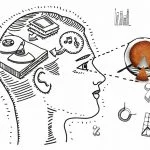
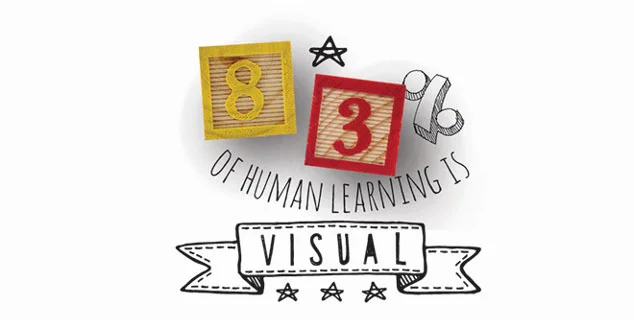
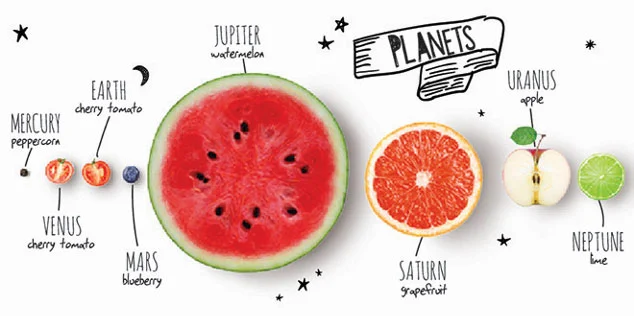
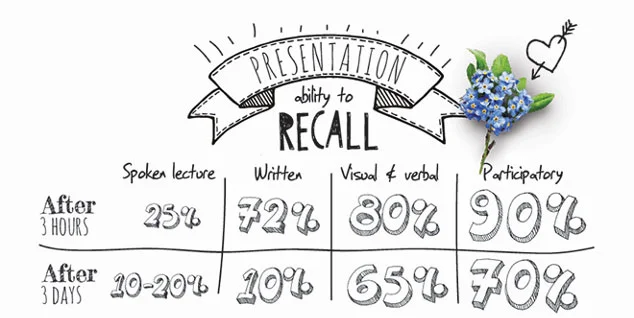
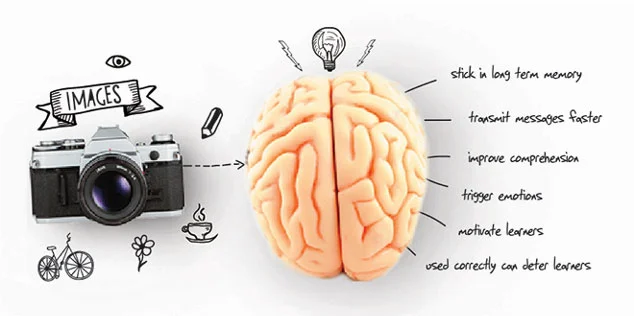

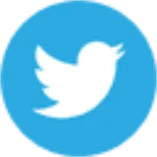

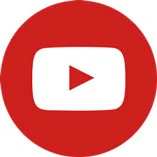

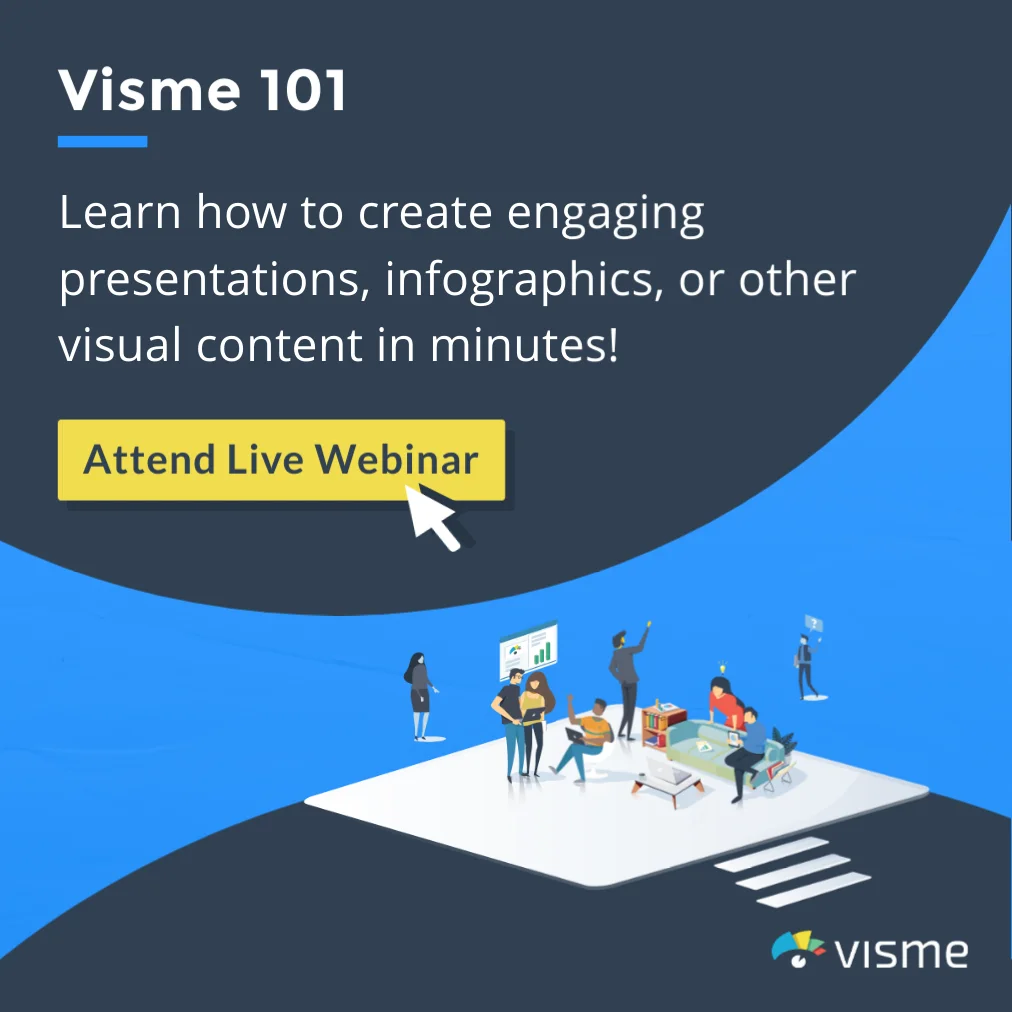
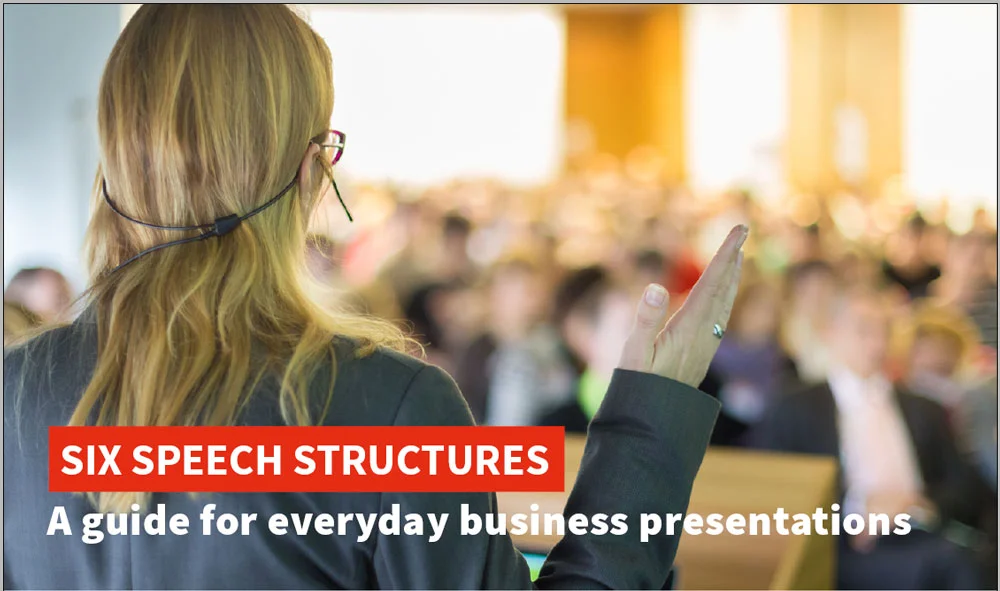
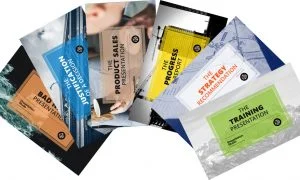



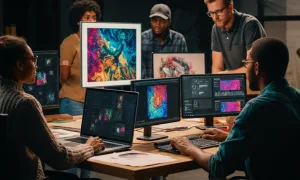

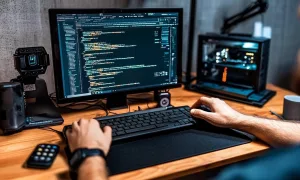

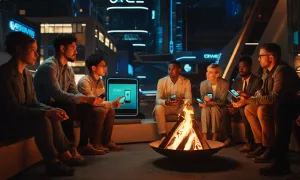





Sam Solo
26th January 2018 at 1:40 am
I really like your tip about color-coding your notes by topic. This would help students direct their attention to more important topics and help them see the big picture of whatever they are studying. I’ll have to make sure that I bring a couple different colored pencils to class next time so that I can differentiate between the subject matter.
Rosie Hoyland
26th January 2018 at 8:58 am
I agree. It’s such a simple idea but could make all the difference, just by helping the student ‘see’ the information more clearly.